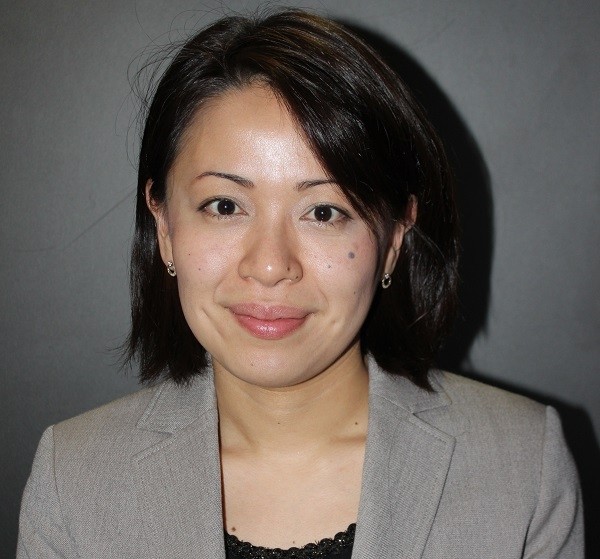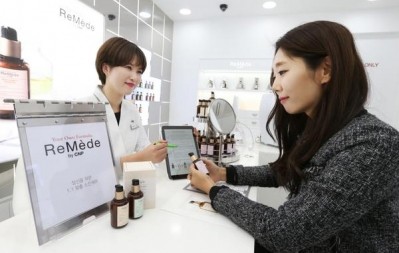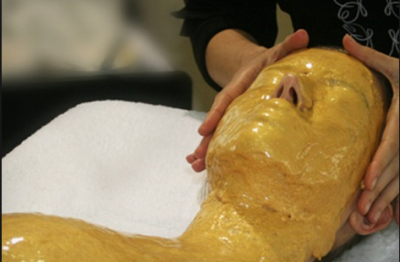Face masks, sunscreen and customisation lead the way in Japan, Euromonitor says

In an interview on the side lines of the recent Cosme Tech and Come Tokyo event, Takemura explained how the market has evolved through tougher economic times and how trends such as facial masks, suncreens and customisation are providing new opportunities.
What are the hottest categories in the Japanese cosmetics and personal care market that manufacturers should be focused on right now?
“There are two principle trends in the market right now, the first being the continued growth of the facial masks category, which consumers are turning towards for both enhanced moisturizing and anti-ageing treatments,” said Takemura.
“The second significant trend is the growth of sunscreen category off the back of new legislations for the category in Japan. This has led to new legislation governing the SPF+ and PA+ label and the creation of a new PA++++ category, which has all served to raise awareness of sunscreens.”
What are the driving forces behind Japanese consumers’ personal care and cosmetics purchases currently?
“Customisation seems to be the most defining trend for consumers right now, as the industry moves more and more away from the one-size fits all and family style products,” said Takemura.
“Examples of this include a much wider choice in shower products, evinced by a male deodorizing shower gel, as well as a growing range of targeted oral care products that include toothpastes that are increasingly targeted at specific age groups and oral care concerns.”
The economic downturn in Japan had a significant impact on the luxury segment. How does the landscape look now?
“In recent years the mass market has grown faster than the premium market as consumers have adapted a lower average household spend to buying less expensive cosmetics and personal care products,” said Takemura.
“In recent years consumer spending power has been the big one to watch in the Japanese market, so the hike in consumer tax earlier this year created a big stir. This led to a big hike in sales of consumers products as they raced to beat the price increases prior to the hike and a slump in sales afterwards. And this could be repeated next year as the government is considering the implementation of a second consumer tax hike.”
“However, the one exception to this has been the senior age group, which has generally retained its spending power and has continued to increase spending on luxury and premium products.”
What are the primary trends in Japanese hair care?
“The most significant trend in the hair care market has been the shift back to silicone-based shampoo formulas,” Takemura said.
“A couple of years ago consumers were all looking to silicone-free shampoos because it was deemed to be an irritant to the scalp. However, once consumers realized that silicone-free shampoo gave them ‘squeaky hair’, then they all began to change back to silicone formulations quite rapidly.”
What are the primary trends in Japanese skin care?
“For the skin care category it is still multifunctional products that are leading the way and providing the most growth opportunities,” said Takemura.
One particularly popular claim is for sensitive skin products, which comes off the back of the fact that 80% of Japanese females believe they have sensitive skin. This also ties in with the significant move towards products that have wellness claims.”
How successful have the big Japanese companies been in internationalizing their businesses? What are the current strategies for global growth?
“The trend towards the internationalization of Japanese cosmetics businesses is continuing to grow, with all the major Japanese international players doing well to extend their footprints, particularly in the Asia Pacific region,” said Takemura.
“Japanese products have a strong reputation that is built on quality, and these cosmetics players have managed to expand internationally on the back of this.”






![Able C&C has furthered its partnership with Japanese discount chain Daiso with new makeup launch. [A'pieu]](/var/wrbm_gb_food_pharma/storage/images/_aliases/wrbm_tiny/publications/cosmetics/cosmeticsdesign-asia.com/headlines/brand-innovation/a-pieu-and-daiso-launch-exclusive-2-makeup-line/17339117-1-eng-GB/A-pieu-and-Daiso-launch-exclusive-2-makeup-line.jpg)
![Down Under Enterprises is setting sights on the Asian market as environmental sustainability and traceability become increasingly important. [Getty Images]](/var/wrbm_gb_food_pharma/storage/images/_aliases/wrbm_tiny/publications/cosmetics/cosmeticsdesign-asia.com/headlines/market-trends/down-under-enterprises-shifts-focus-to-china-as-environmental-sustainability-traceability-come-into-the-spotlight/17304932-1-eng-GB/Down-Under-Enterprises-shifts-focus-to-China-as-environmental-sustainability-traceability-come-into-the-spotlight.jpg)
![News updates from Shiseido, Dr.Ci:Labo, Sephora, and more. [Shiseido]](/var/wrbm_gb_food_pharma/storage/images/_aliases/wrbm_tiny/publications/cosmetics/cosmeticsdesign-asia.com/headlines/brand-innovation/updates-from-shiseido-dr.ci-labo-sephora-and-more/17334944-1-eng-GB/Updates-from-Shiseido-Dr.Ci-Labo-Sephora-and-more.jpg)

![Clariant has underscored the importance of localisation strategies and distribution capabilities in China with beauty trends evolving at a rapid pace. [Getty Images]](/var/wrbm_gb_food_pharma/storage/images/_aliases/wrbm_tiny/publications/cosmetics/cosmeticsdesign-asia.com/article/2024/04/16/clariant-emphasises-importance-of-localisation-in-the-era-of-viral-trends/17327969-1-eng-GB/Clariant-emphasises-importance-of-localisation-in-the-era-of-viral-trends.jpg)

![We dive into our most-read stories on formulation and science. [Getty Images]](/var/wrbm_gb_food_pharma/storage/images/_aliases/wrbm_tiny/publications/cosmetics/cosmeticsdesign-asia.com/headlines/formulation-science/skin-science-latest-stories-on-cosmetics-science-and-formulation/17334719-1-eng-GB/Skin-science-Latest-stories-on-cosmetics-science-and-formulation.jpg)